Who doesn't love Travel Rewards?
- wealthchecktt
- Aug 31
- 11 min read
Updated: Sep 20
It’s hard to escape that feeling of envy when we’re bombarded with content from travel bloggers at every turn. Whether you’re motivated by actually wanting to broaden your horizons or you just want to quell your FOMO, traveling the world is sure to be on your bucket list.

Banks have capitalised on the allure of having these life-changing experiences by offering credit cards that promise deep discounts on traveling plans. These so-called travel rewards credit cards are essentially a much more complex version of cash back credit cards. They tempt you with the dream of escaping to a beautiful paradise without breaking the bank. As appealing as this may sound, in reality, these travel rewards credit cards require you to spend a lot of money so you can get whatever reward you’ve had your eyes on. So don’t expect to be showered with rewards from the get-go. And while they may make it seem that way, you won't be going on any completely free trips to your dream destination; you'd still likely have to pay for all taxes, fees and other incidentals.
A VARIETY OF CHOICES
Unlike credit cards that give cash back, with travel reward credit cards you'll earn some of type of quasi-currency, in the form of miles or points, every time you use your credit card to shop. These miles/points have no intrinsic value and are not fungible so you can only use them in limited ways as specified by the travel rewards programme. That's why it's so important to evaluate each programme to determine where you can get the most value.

There are typically two types of travel rewards credit cards; those that are affiliated with a specific airline’s loyalty programme and those that are linked to a rewards programme that is managed by the bank. With the former, you will only be able to earn and redeem travel with the airline (or associated airlines) that owns the loyalty programme, which is fine if you are already a loyal customer. However, if you prefer having more options in terms of destinations, routes etc., then a rewards programme that allows you to book with any airline would be a better choice. Additionally, the airline loyalty programmes are managed separate and apart from your credit card account so their points/miles are not actively controlled by the bank. Even if you close your credit account, you can still keep your membership in the loyalty programme. However, you would need to keep your credit card account open and in good standing in order to use the points in a bank-managed rewards programme.
RBC and CIBC Caribbean Bank offer both types of credit cards, partnering with Caribbean Airlines and Jet Blue respectively while also offering a multi-faceted rewards programme with their VISA Platinum credit cards. Republic Bank ditched their in-house rewards programme altogether and only offer credit cards that are linked to American Airlines’ AAdvantage loyalty programme. On the other hand, First Citizens Bank and Scotiabank are not aligned with any particular airline; they manage their own rewards programmes. In terms of payment network, there is an almost even split between VISA (Platinum and Infinite) and MasterCard (Standard and Gold) credit cards so you can choose the one that offers you the greater benefits.
CIBC Caribbean Bank
First Citizens Bank
RBC Caribbean Bank
Republic Bank
Scotiabank
Credit Card Annual Fee
The annual cost for travel rewards credit cards in T&T ranges from nothing to a whopping $1,050 per year. Most banks, except for Scotiabank, have several cards available at different price points. If you just want to get your foot in the door, you can forego all the fancy perks that come with the premium options and get started with the most basic offering. The rewards programme works fundamentally the same way across both MasterCard Standard and Gold, so there is no real difference in terms of how fast you can earn and redeem points.
Annual Costs from Lowest to Highest (expand to view)
CIBC Caribbean Bank | Jet Blue Card: TT$0/year
First Citizens Bank | Vacation Lifestyle Standard MasterCard: TT$200/year
First Citizens Bank | Vacation Lifestyle Gold MasterCard: TT$300/year
Republic Bank | AAdvantage Standard MasterCard: US$50 (TT$350)/year
Republic Bank | AAdvantage Gold MasterCard: US$60 (TT$420)/year
RBC Caribbean Bank | Caribbean Airlines VISA Platinum: TT$450/year
First Citizens Bank | VISA Platinum: TT$450/year
CIBC Caribbean Bank | Jet Blue Select Card: TT$599/year
CIBC Caribbean Bank | VISA Platinum: TT$600/year
First Citizens Bank | VISA Signature: TT$650/year
RBC Caribbean Bank | RBC Rewards VISA Platinum: TT$650/year
Scotiabank | AERO VISA Platinum: TT$700/year
First Citizens Bank | VISA Infinite: TT$1,000/year
Republic Bank | AAdvantage VISA Infinite: US$150 (TT$1,050)/year
EARNING

Earning miles and points is as easy as shopping. Every time you use your credit card, you‘ll earn miles/points that you’ll eventually be able to use towards your next vacation. Most banks will give you 1 mile/point every time you spend the equivalent of US$1, but the exchange rate varies from TT$6.60 to TT$7.00. FCB’s earning rate is particularly egregious at 1 mile earned for every TT$8.50 spent so you'll have to spend about 20% more to earn the same amount of miles/points.
Limits on Earning Potential
Some credit cards also limit the amount of miles/points that you can earn in a year but luckily, the caps are set far beyond what most people spend annually.
Annual Cap on Earnings (expand to view)
CIBC | Jet Blue Card: No annual cap on points
CIBC | Jet Blue Select Card: No annual cap on points
CIBC | VISA Platinum: No annual cap on miles
FCB | Vacation Lifestyle Classic: Up to 80,000 miles or TT$680,000 spent
FCB | Vacation Lifestyle Gold: Up to 80,000 miles or TT$680,000 spent
FCB | VISA Platinum: Up to 250,000 miles or TT$2,125,000 spent
FCB | VISA Signature: Up to 250,000 miles or TT$2,125,000 spent
FCB | VISA Infinite: Up to 250,000 miles or TT$2,125,000 spent
RBC | Caribbean Airlines VISA Platinum: Up to 200,000 miles/year or TT$1,360,000 spent
RBC | RBC Rewards VISA Platinum: No annual cap on points
RBL | AAdvantage Standard MasterCard: No annual cap on miles
RBL | AAdvantage Gold MasterCard: No annual cap on miles
RBL | AAdvantage VISA Infinite: No annual cap on miles
Scotiabank | AERO VISA Platinum: Up to 200,000 points/year or TT$1,320,000 spent
Expiration
Earning is the easy part but the trick is to accumulate enough miles/points to book the trip you want, which takes time. Airline loyalty programmes are more accommodating than bank reward programmes. TrueBlue points (JetBlue) never expire and Caribbean Miles (Caribbean Airlines) and AAdvantage Miles (American Airlines) only expire if you don’t earn or redeem miles for a period of 36 and 24 months respectively. Meanwhile, points earned in the bank-managed rewards programme automatically expire after 3 or 4 years if not redeemed.
Bonuses
Apart from the enticing one-time bonuses that you’ll receive when you first sign up, some credit cards give you bonus miles/points on an ongoing basis so you can reach your goal faster. You can earn 50% more miles when you use the RBC Caribbean Airlines Visa Platinum credit card at groceries, gas stations and pharmacies. CIBC’s JetBlue credit cards give 5,000 and 10,000 bonus points every year on your card’s anniversary date and you can even earn double or quadruple points when you use the card for certain JetBlue purchases.
Welcome Bonuses (expand to view)
CIBC | Jet Blue Card: 10,000 TrueBlue points after 1st purchase within 90 days
CIBC | Jet Blue Select Card: 30,000 TrueBlue points after 1st purchase within 90 days
CIBC | VISA Platinum: N/A
FCB | Vacation Lifestyle Classic: N/A
FCB | Vacation Lifestyle Gold: N/A
FCB | VISA Platinum: N/A
FCB | VISA Signature: N/A
FCB | VISA Infinite: N/A
RBC | Caribbean Airlines VISA Platinum: 10,000 miles upon sign up
RBC | RBC Rewards VISA Platinum: Up to 5,000 RBC reward points
RBL | AAdvantage Standard MasterCard: Up to 2,500 miles upon sign up
RBL | AAdvantage Gold MasterCard: Up to 5,000 miles upon sign up
RBL | AAdvantage VISA Infinite: 7,500 miles for spending US$5,000/TT$35,000 in the 1st 3 months
Scotiabank | AERO VISA Platinum: 3,000 Scotia points on 1st purchase plus 7,000 Scotia points for spending TT$13,000 during specific period
Pooling and Transferring/Gifting
Only the Caribbean Miles, TrueBlue and RBC Rewards programmes allow you to pool or combine your miles/points with others so you can reach your goal faster. If instead you’d like to transfer/gift miles/points to another account holder, you can do so with most of the programmes except the Scotiabank AERO Rewards and FCB’s and CIBC’s My Rewards programmes.
REDEEMING
There’s no point in having thousands of miles/points just sitting there. On their own, they have no value so It's best to exchange them for actual travel rewards, right? As travel rewards have become more sophisticated, they’ve moved away from route-based fixed pricing for flights. Only the Caribbean Miles loyalty programme and Scotiabank’s AERO Rewards programme still use this redemption method. It makes it much easier to identify in advance how many miles/points you’d need for a trip to a specific destination so you can set a spend goal and work towards it.
Return Trips from Trinidad to: | RBC Caribbean Airlines VISA Platinum Credit Card | Scotiabank AERO VISA Platinum Credit Card |
Barbados | 10,000 Caribbean Miles (Spend TT$68,000 to earn) | 25,000 Scotia Points (Spend TT$165,000 to earn) |
Jamaica | 15,000 Caribbean Miles (Spend TT$ 102,000 to earn) | 25,000 Scotia Points (Spend TT$165,000 to earn) |
Venezuela | 10,000 Caribbean Miles (Spend TT$68,000 to earn) | 50,000 Scotia Points (Spend TT$ 330,000 to earn) |
Panama | N/A | 50,000 Scotia Points (Spend TT$ 330,000 to earn) |
Miami | 30,000 / 60,000 Caribbean Miles (Spend TT$ 204K - 408K to earn) | 25,000 Scotia Points (Spend TT$ 165,000 to earn) |
New York | 30,000 / 60,000 Caribbean Miles (Spend TT$ 204K - 408K to earn) | 25,000 Scotia Points (Spend TT$ 165,000 to earn) |
Toronto | 30,000 / 60,000 Caribbean Miles (Spend TT$ 204K - 408K to earn) | 35,000 Scotia Points (Spend TT$ 231,000 to earn) |
London | N/A | 70,000 Scotia Points (Spend TT$ 462,000 to earn) |
The Netherlands | N/A | 70,000 Scotia Points (Spend TT$ 462,000 to earn) |
From the table, it's clear that the RBC credit card is the better choice for regional travel and the Scotiabank credit card shines at international trips. However, Scotiabank introduced price caps on how much tickets can cost in 2023, which may force you to pay out of pocket during peak season price hikes.
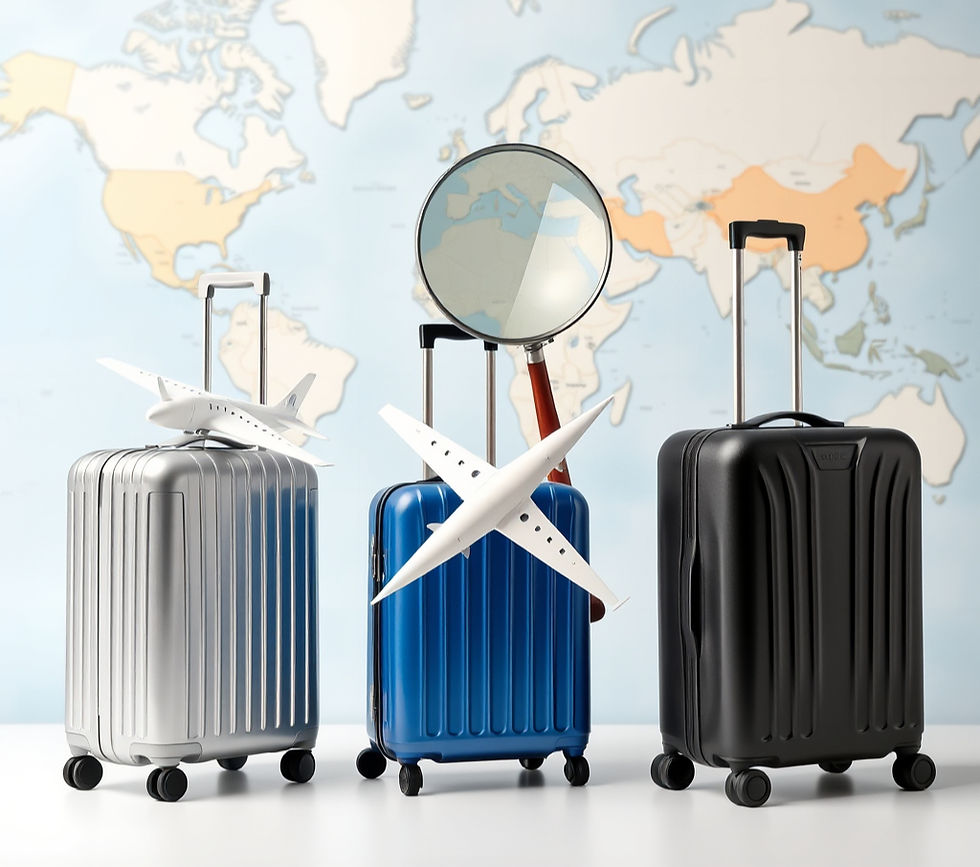
All of the other programmes depend on dynamic pricing via a real-time search engine where the amount of miles/points you would need varies just like the real currency-based price would. While this may be a fairer way to assign a value to trips, it turns planning vacation into a guessing game and makes it difficult to figure out whether the travel rewards are worth the hassle when compared to paying with cash or cash back rewards. The lack of transparency also makes comparison between programmes almost impossible since you have to be a member of the programme to access the FCB, CIBC and RBC search engines.
Types of Travel Rewards

All loyalty and rewards programmes are not made equal. The Caribbean Miles loyalty programme only allows you to book or upgrade flights which makes the RBC-Caribbean Airlines VISA Platinum credit card seem quite limited compared to the other cards. All others can help you to pay for flights, hotels, cruises, car rentals and even book events.
As mentioned earlier, the airline loyalty programmers offer limited routes e.g. you may not be able to fly from Trinidad to another Caribbean country with JetBlue. Contrary to popular belief, CAL is not only limited to regional destinations. They also fly to North America (Toronto, New York, Miami, Orlando, Fort Lauderdale) and South America (Guyana, Venezuela and Suriname). However, there are limited seats available for reward travel so you might find it hard to get the dates you want or you would need to use more miles when flying to North America during peak season. On the other hand, you can fly to anywhere at any time on any airline with the reward programmes from Scotiabank, FCB, CIBC and RBC.
How to Redeem
Gone are the days when your only option to redeem your travel rewards was through speaking with a Call Centre agent. Many airlines and banks now also allow you to book online via a website or mobile app so you can search for and compare travel options freely. Once you have enough miles/points needed to buy the reward you want, you can make the arrangements for yourself online with any of the travel rewards credit cards.
Although there appears to be a Scotia Rewards mobile app available for android and iOS, published by the same developers who made FCB and CIBC Rewards apps, it's not clear whether it is fully operational because there is no mention of it in any of Scotiabank’s marketing material for the AERO VISA Platinum credit card.
Alternative Redemption Options

Apart from paying directly with points, the Scotiabank AERO Rewards and RBC Rewards programmes lets you use your credit card to pay for your vacation and then apply for a statement credit i.e. cash back re-imbursement that is applied to your credit card account. The amount of points that is equivalent to the amount you paid with your credit card will be deducted from your points balance. With this option, you can essentially cover the taxes and fees that you would normally have to pay with real money when booking with miles/points.
With RBC Rewards, the redemption rates for the 'My Way' statement credit can be anywhere from 0.5% to 1.4%. This doesn’t appear to be that much more lucrative than the 0.8% cash back that you can get with the RBC VISA Classic credit card though. The Scotiabank AERO Rewards redemption rate on statement credits is 1.5% which is disappointing when you consider that your redemption rate could be as high as 2.5% if you pay with points directly instead.
Additional Payment Options
It can take quite a while to save up enough miles/points to take you where you want to go. Who has the time or patience to wait when you need a vacation now? Fortunately, most programmes will give you the option to buy additional miles/points to make up the difference that you need. The Scotiabank AERO Rewards programme has the lowest rate but you are limited to buying up to 10% of the amount of points you’d need to get the reward. Caribbean Airlines has Miles Multiplier sales ever so often so you can pay less and stock up.
All programmes, except Caribbean Miles and AAdvantage, also support partial redemption where you can just use how many points you have on hand and pay the rest with your credit card. With JetBlue, you can start redeeming at just 500 TrueBlue points!
Traveling isn't Everything

If you don't feel like traveling any more or you just don't think you'd be able to save enough points before they start to expire, the CIBC, FCB and RBC reward programmes allow you to use your points/miles for other non-travel-related purchases too. Scotiabank, FCB and RBC also give you the option to convert the points back to cash. However, the conversion rate works out to be 1% on the $700/year Scotiabank AERO VISA Platinum credit card which doesn't make much sense at all since you could be earning more cash back and paying a much lower annual fee with the Scotiabank Gold MasterCard. Unfortunately, none of these options are available if the credit card is associated with an airline loyalty programme.
FINAL THOUGHTS
It's hard to say which travel rewards credit card is the best because they all have strengths and weaknesses. Unlike cash back credit cards which are simple to evaluate and compare, travel rewards credit cards are difficult to assess because there are a lot more factors at play. The perks you value, annual cost you can afford and potential rewards you can earn based on your spending habits will differ from someone else's. So don't worry about choosing the best one, instead, focus on choosing the one that's best for you.
Happy Travels!
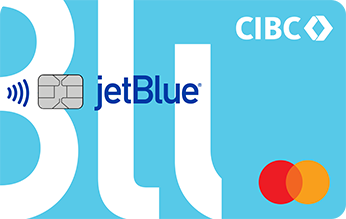
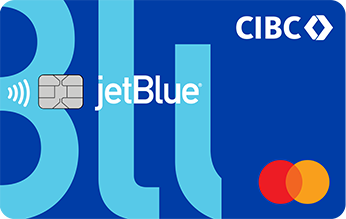

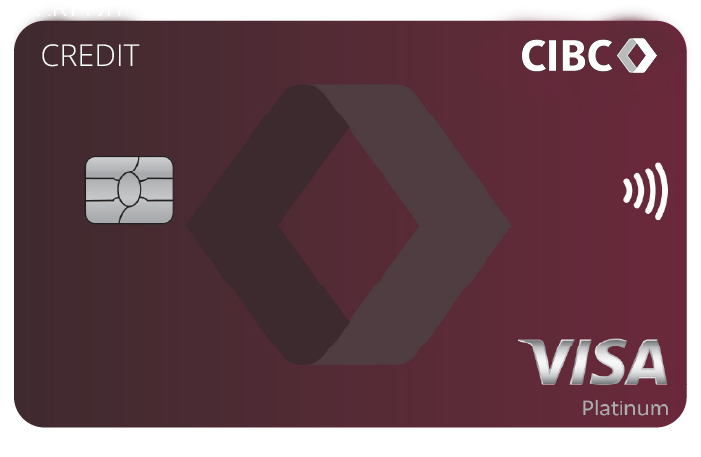

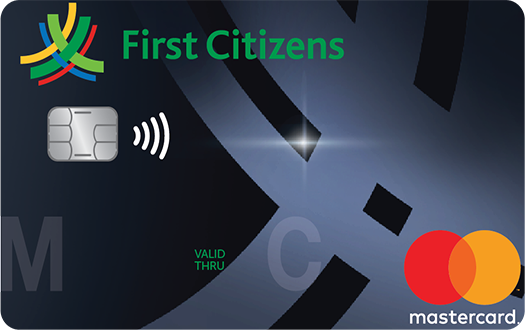
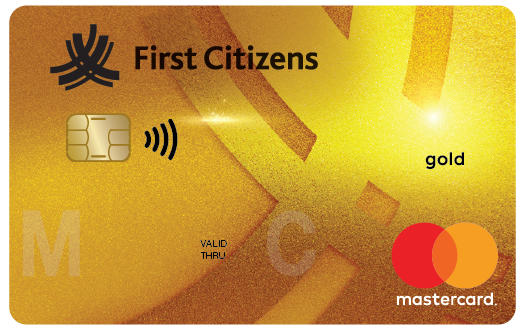

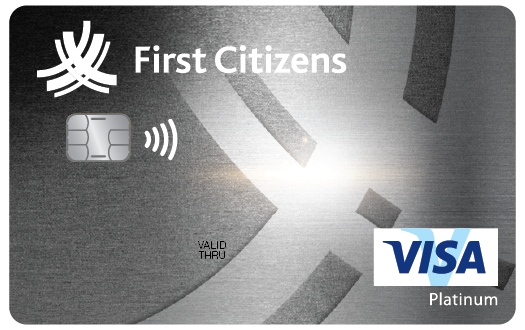

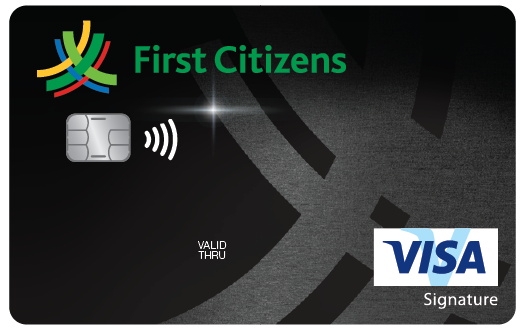

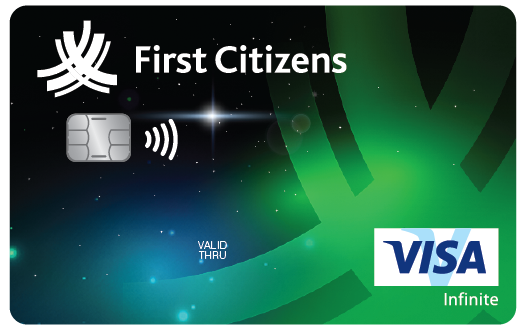

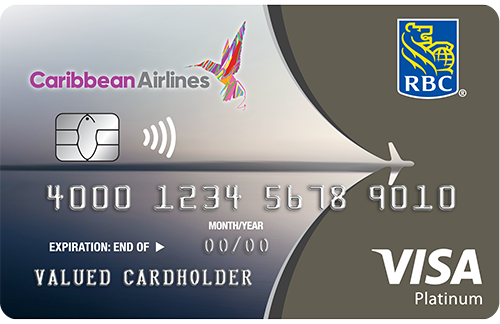

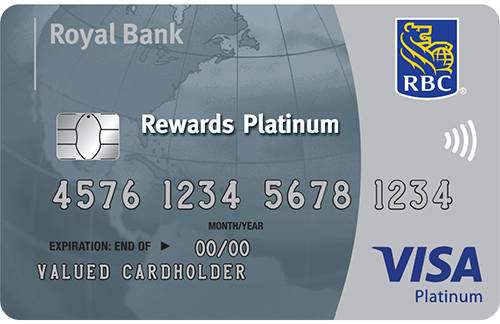
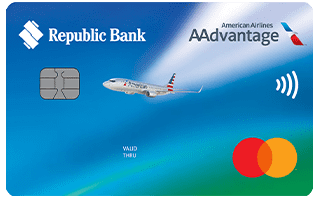
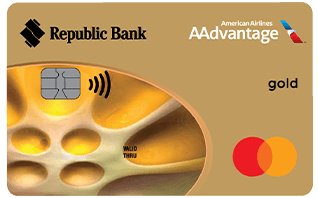
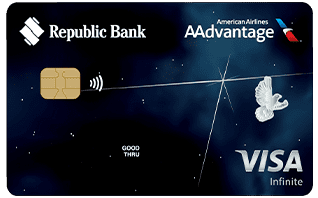

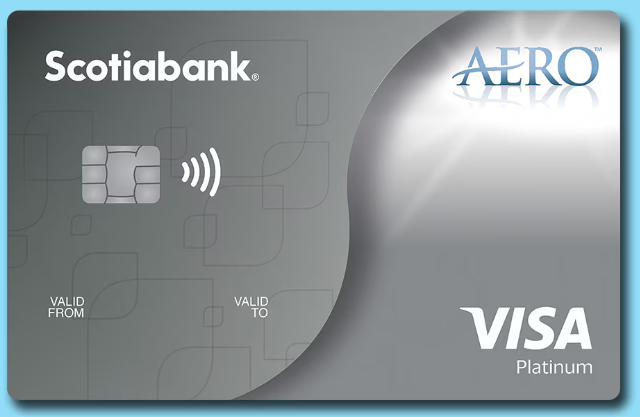



Comments